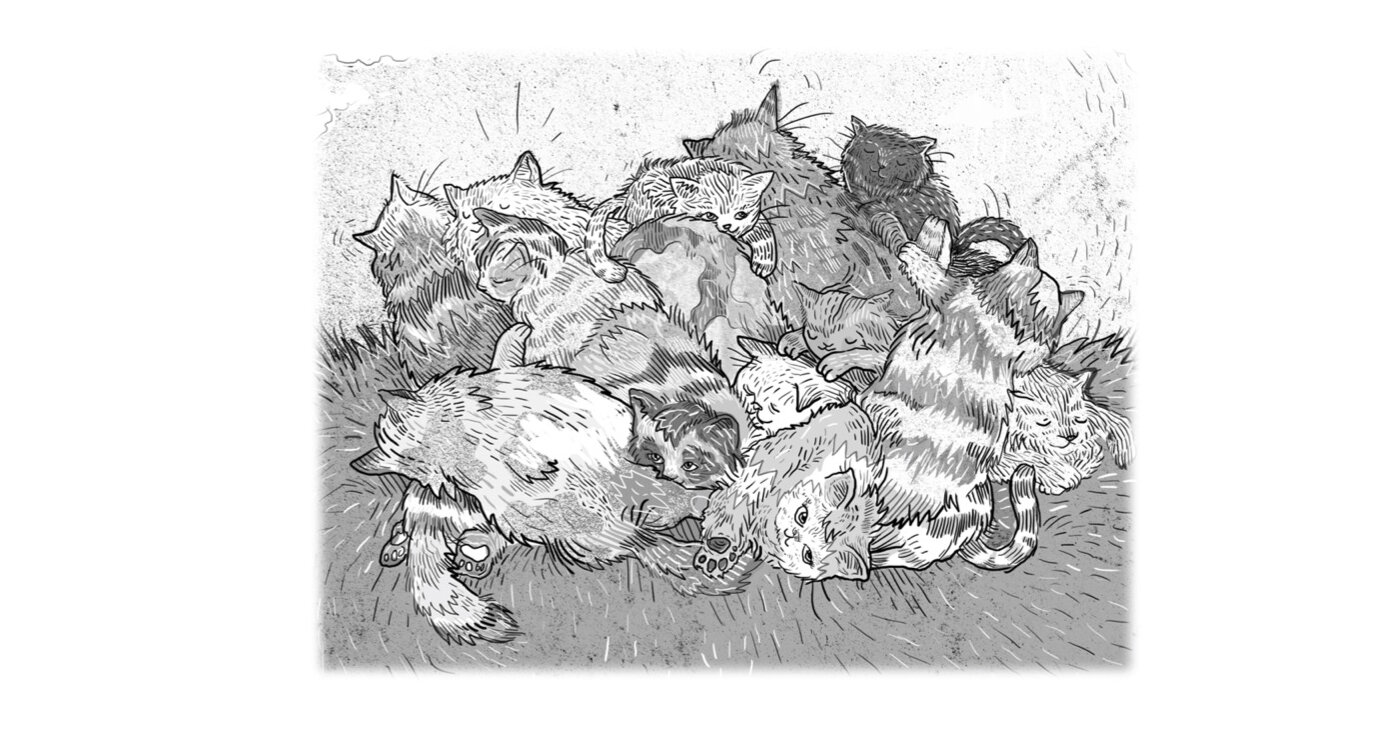The story
Where's Home? explores the journey of an endearing young kitten named Littleprints, whose life at home is unpredictable, confusing, and sometimes frightening. When he is suddenly taken away from everyone and everything familiar, he loses whatever comfort he has known. As he is moved from one home to another, Littleprints must discover how he can feel settled and safe.
This story provides a window into what life is often like for foster children and for this reason it is highly recommended that anyone considering fostering or adopting a child read it to get a sense of the young person they may invite into their lives. These children need stability, safety, and trust in a situation that is so tempting to offer Disneyland.
Why I wrote it: IDEAS OF CONNECTION
This is a story about CONNECTIONS and I wrote it especially for foster children because they have so few, if any. My hope is that all the threads of connection when interwoven can act together as a kind of emotional safety net for a child who needs one.
The story presents a protagonist who will be familiar to most foster children, only this character happens to be a kitten and the story’s language includes no ‘system’ terms like foster, child welfare, adoption, or even therapist. This approach makes it easier for the child to let down his guard and engage with the heart of the story. In developing an emotional engagement with Littleprints, he may connect more fully to his own life and be able to experience himself as part of a narrative that not only makes sense but that makes the difficult events he's experienced seem part of a cohesive whole over time.
The story also demonstrates ways in which individuals may feel connected to one another and ultimately how they use their connections with special others to soothe themselves as well as to feel safe and to develop.
There is another element of connection here, and that is the implicit and abiding connection between the child and the storyteller. Portable inside the book, the teller is the voice of caring, understanding, and paying attention. She offers a voice that can sing to him of himself whenever he needs it.
Who is it for?
In addition to prospective foster and adoptive parents, this book was written for foster children to offer them a story of themselves that they can love. It was written as well for parents who are presently fostering or have adopted children from the child welfare system who might be able to use a framework for their compassion, an avenue to the inner life of their child, and a role for themselves in a story. The story models what being helpful and understanding looks like (and doesn’t). It provides a way for others to enter their child’s story with him.
Where’s Home? is a story, too, for the compassionate professionals (social workers, school teachers, school counsellors, child welfare workers, child and youth workers, family doctors, child psychiatrists and psychologists, social workers, police, clergy, etc.) whose lives directly or indirectly touch those of foster, adopted, or otherwise re-homed children who have felt betrayed, hurt, or scared. They may want to use it as a springboard to explore its issues in depth with their clients or students.
Caveat
In offering a fairly accurate depiction of a foster child's life, this story necessarily contains early on the themes of abuse, neglect, witnessing violence, and then, being taken away. These actualities can be surprising and disturbing to many of us, because the kittens were just a second ago being so cute and loveable. But that is exactly the point. They're still little and cute and loveable, and yet early in their lives they have no protection from the things that happen to them. These disturbing and unpleasant surprises felt by readers is something like what the buffeted child experiences: un-nameable discomforts as well as betrayal. But Where's Home? wouldn't be a story if it didn't offer a framework, a direction, and some resolution.



